Deschutes Brewery is a favorite on the craft beer scene, with go-to standards like Fresh Squeezed IPA and Black Butte Porter, but the production process at this Oregon brewery is a little different than at its competitors. Human brewmasters are still firmly in charge of the production process, but Deschutes is one of the few commercial brewers to embrace the Internet of Things in the brewing process.
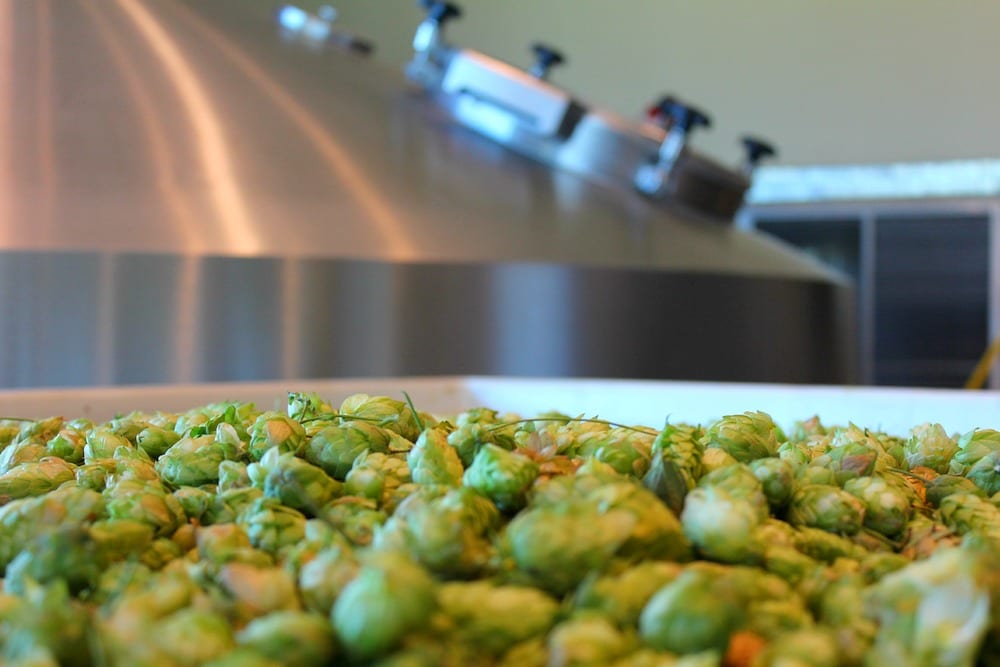 Like any large brewer, automation has long been a part of Deschutes’ brewing process, but workers have still manually taken samples and analyzed in-production beers to determine when the product needs to transition from one of the nine brewing phases. Transfer a beer from one step to another too early (or too late) and you’re bound to impact the quality.
Like any large brewer, automation has long been a part of Deschutes’ brewing process, but workers have still manually taken samples and analyzed in-production beers to determine when the product needs to transition from one of the nine brewing phases. Transfer a beer from one step to another too early (or too late) and you’re bound to impact the quality.
Since it’s founding in 1988, Deschutes has used this manual method and documented all of the associated data. But in an effort to streamline the brewing process, Deschutes teamed with OSISoft and Microsoft last year to use machine learning and predictive analysis to automate the phase-shifting process. It wasn’t an easy decision.
Data From the Past for Better Beer in the Future
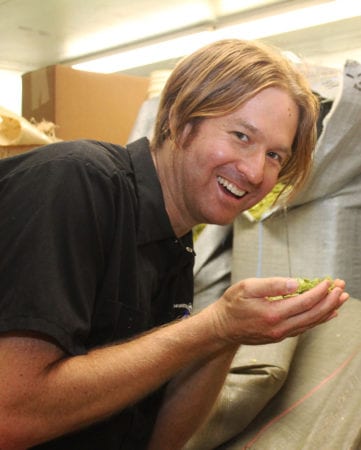
Deschutes Brewmaster, Brian Faivre
“We were collecting this data, but using it for more static reporting. Now we’re starting to say we can use that historical data and leverage it to predict the future,” says says Brian Faivre, brewmaster at Deschutes Brewery. “It took years, culturally, for us to get to that spot. Brewing has been around so many years and there’s so much history. We just look at this as another tool for us to make better beer.”
Deschutes uses machine learning software to predict the transition times in the brewery’s 50 or so tanks, which range in capacity from 100 barrels to 1,000 barrels (3,150 to 31,500 gallons). Sensors have long been embedded in beer tanks for brewers to get accurate readings, but few brewers have paired those with predictive learning software.
Working in conjunction with Microsoft’s Cortana Intelligence Suite, a collection of analysis tools, the sensors in the tanks can now determine the percentage of the beer that has been fermented in each batch—and predict when it’s time to shift from the fermentation phase to the free rise phase (where the heat of fermentation increases the liquid’s temperate without artificial means).
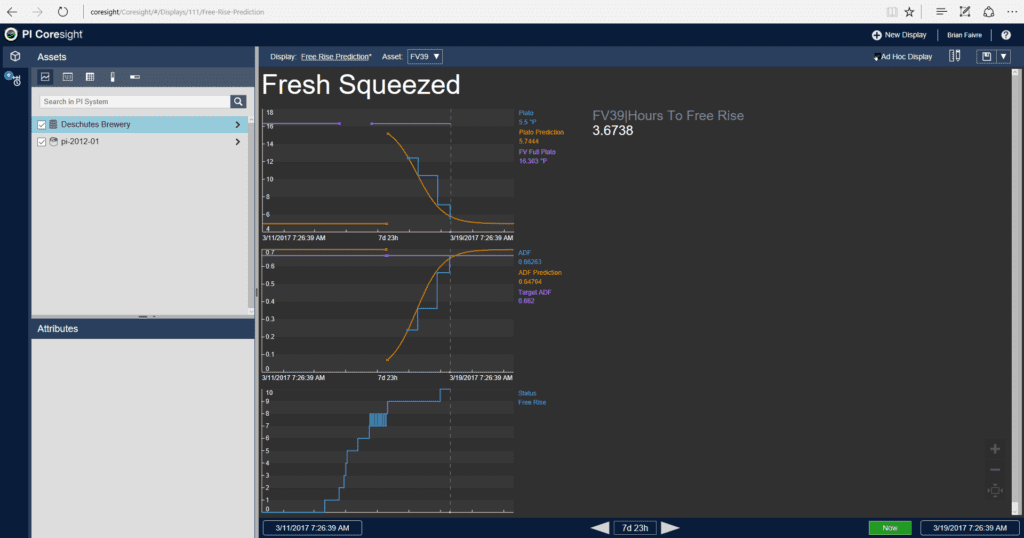
Brewers use visualization tools on their computers to see when fermentation will be complete and are able to better schedule the process. (The predictive models continually update, based on brewing history.) Since it’s still a new process, the actual shift in stages is done manually after brewers confirm the readiness, but Faivre says they’re looking at automating that in the future.
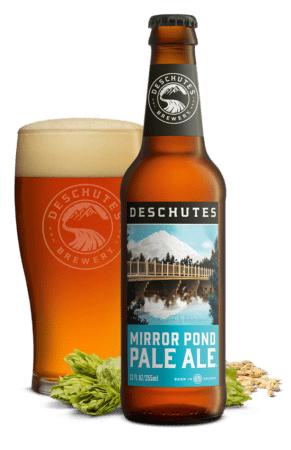 Using IoT tools, Deschutes is able to reduce the fermentation process by 24 to 48 hours, Faivre says. Previously, brewers used their best guess, which could have been hours later than the times determined by the predictive technology. That, in turn, gives the brewery a chance to increase its annual production without buying any additional equipment, hiring additional manpower, or compromising quality.
Using IoT tools, Deschutes is able to reduce the fermentation process by 24 to 48 hours, Faivre says. Previously, brewers used their best guess, which could have been hours later than the times determined by the predictive technology. That, in turn, gives the brewery a chance to increase its annual production without buying any additional equipment, hiring additional manpower, or compromising quality.
Deschutes’ IoT integration is still new, but Faivre says the company is already looking at other possible uses. An obvious area of interest is in preventive maintenance for the company’s equipment, which would alert brewers if tank parts, for example, are due for service or replacement. But the brewer is also curious to see how far it can push the technology.
“How do we take this information and do something great with it?” Faivre asks. “I feel like we’ve just scratched the surface. There are a lot of areas we could look to leverage the data we’re collecting. It’s super helpful for operations, but now we’re looking at the predictive part.”
Maintaining a Human Touch in the Brewing Process
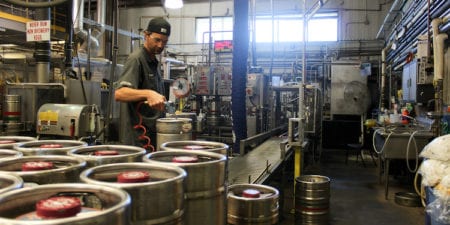 It’s important to note, though, that Deschutes has no plans to let machines develop its new beers, says Faivre. The extra time the IoT integration has given Deschutes’ brewers is being used to focus on creating new brands and improving current ones. And humans will remain the driver in the overall process.
It’s important to note, though, that Deschutes has no plans to let machines develop its new beers, says Faivre. The extra time the IoT integration has given Deschutes’ brewers is being used to focus on creating new brands and improving current ones. And humans will remain the driver in the overall process.
“We want to use these tools to make our jobs easier and ultimately to make better beer,” he says. “But it’s so crucial that we dictate the process. If you let that get away, then you have system engineers who don’t understand why your brewing process is so unique. That’s very much on our mind with this work.”
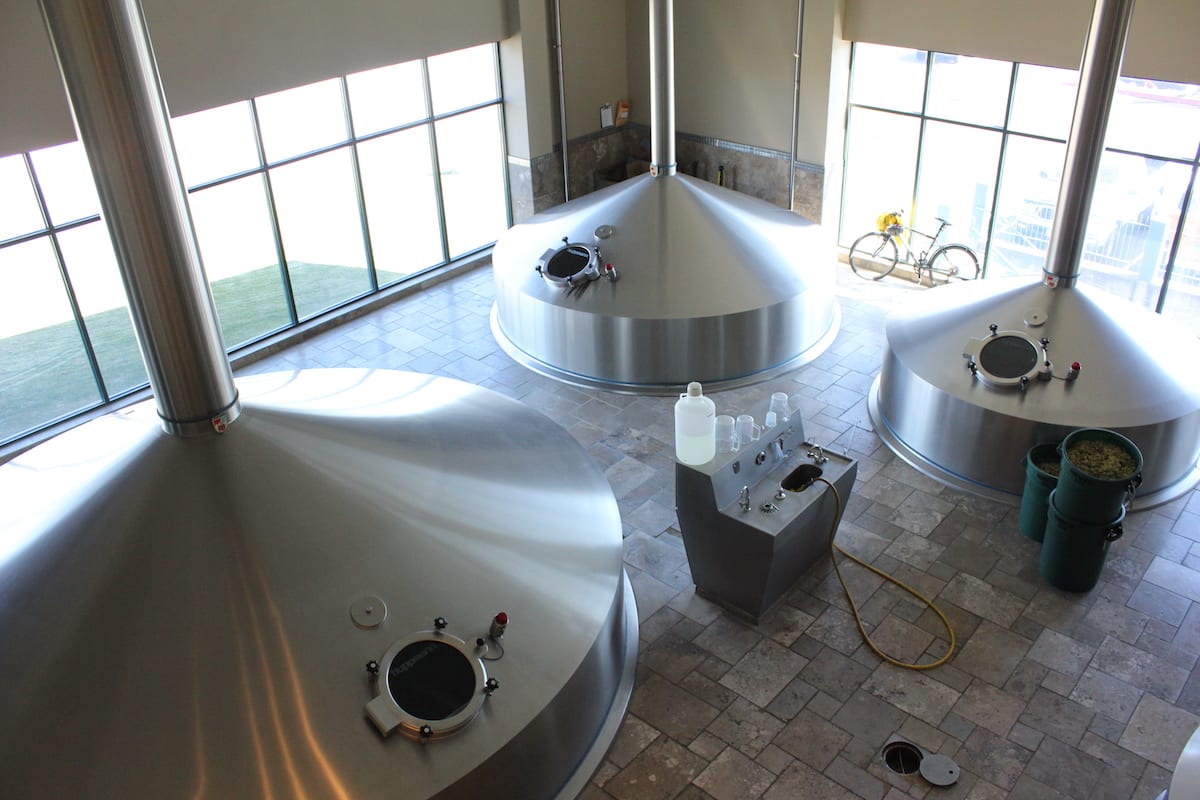

Share this: